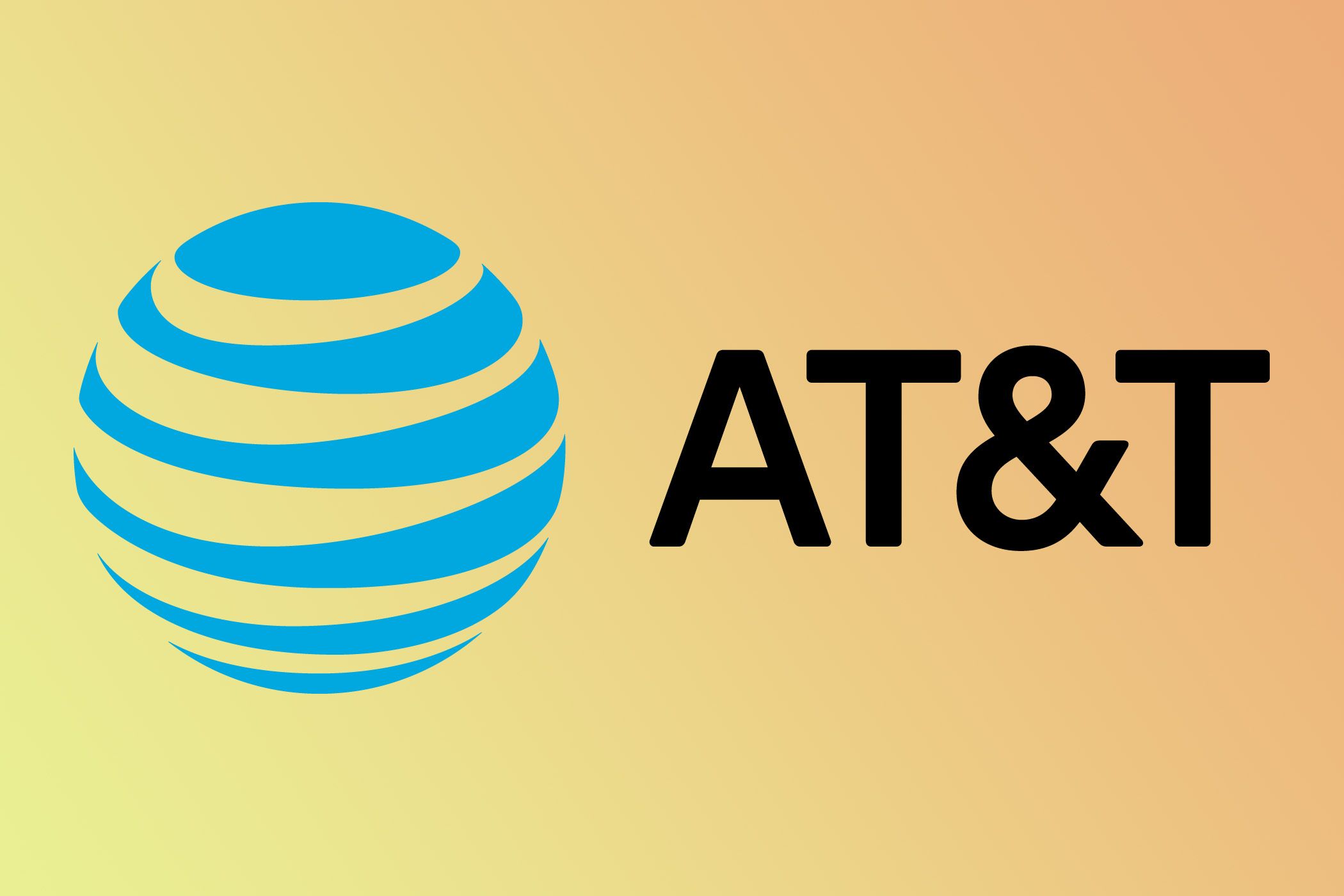Apple managed to pack satellite connectivity into a regular smartphone design starting with the iPhone 14, and other companies have been working to build a similar feature. The possibilities of a communication method that has no dead spots and works everywhere, if implemented right, can be a game changer. Now, AT&T is entering agreements to enter the satellite space, potentially allowing calls and texts to work outside of traditional cell towers.
AT&T and AST SpaceMobile have teamed up to provide space-based broadband directly to cell phones by 2030. This groundbreaking technology aims to revolutionize connectivity across the United States, particularly in areas with limited or no cell service. The collaboration, which began in 2018, has already achieved significant milestones, including the first voice call, text, and video call via space between everyday smartphones in 2023. This summer, AST SpaceMobile plans to launch its first commercial satellites into low Earth orbit, bringing the technology closer to reality.
AT&T will play a crucial role in developing and testing the technology, with Chris Sambar, AT&T’s Head of Network, joining AST SpaceMobile’s board of directors. The space-based network is designed to complement AT&T’s existing mobile network, providing coverage in areas where traditional infrastructure is not feasible. T-Mobile is also working on something similar, though the partner of choice for that is SpaceX rather than AST SpaceMobile.
What’s exciting about this is the fact that this seems like it could work seamlessly with your mobile smartphone’s network. It’s not clear if it could become a replacement to regular cell towers (at least for low data usage), but if carriers manage to pull this off, dead spots could be much less common than they are today. It could improve connectivity in emergency situations and during natural disasters, when terrestrial networks are often compromised—that has been one of the key selling points for Apple’s Emergency SOS satellite feature. This technology could also open up new possibilities for businesses and industries that rely on reliable connectivity, such as agriculture, transportation, and tourism.
We’ll have to see how all of this looks once it’s a product that we can actually use, but the possibilities look exciting.
Source: AT&T





